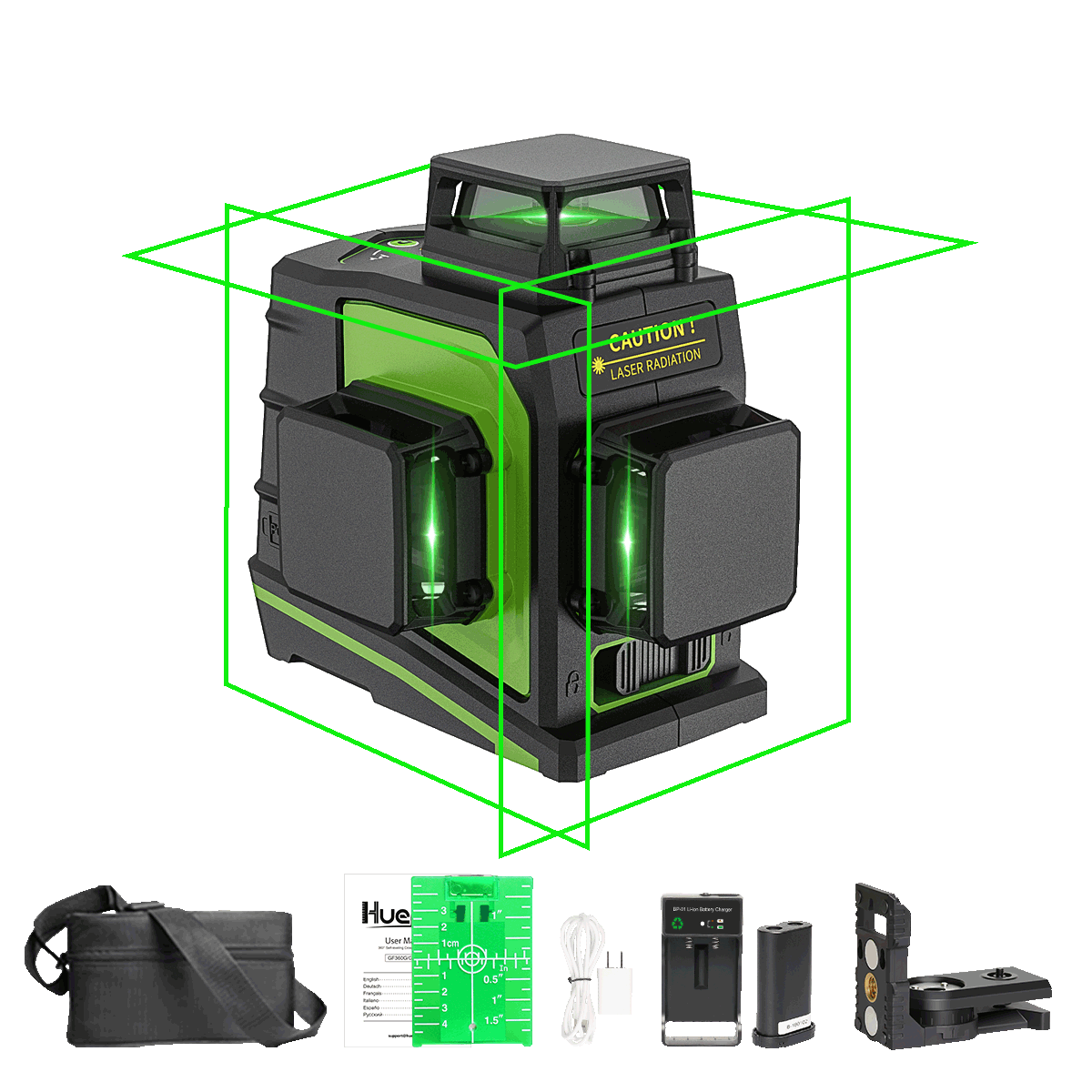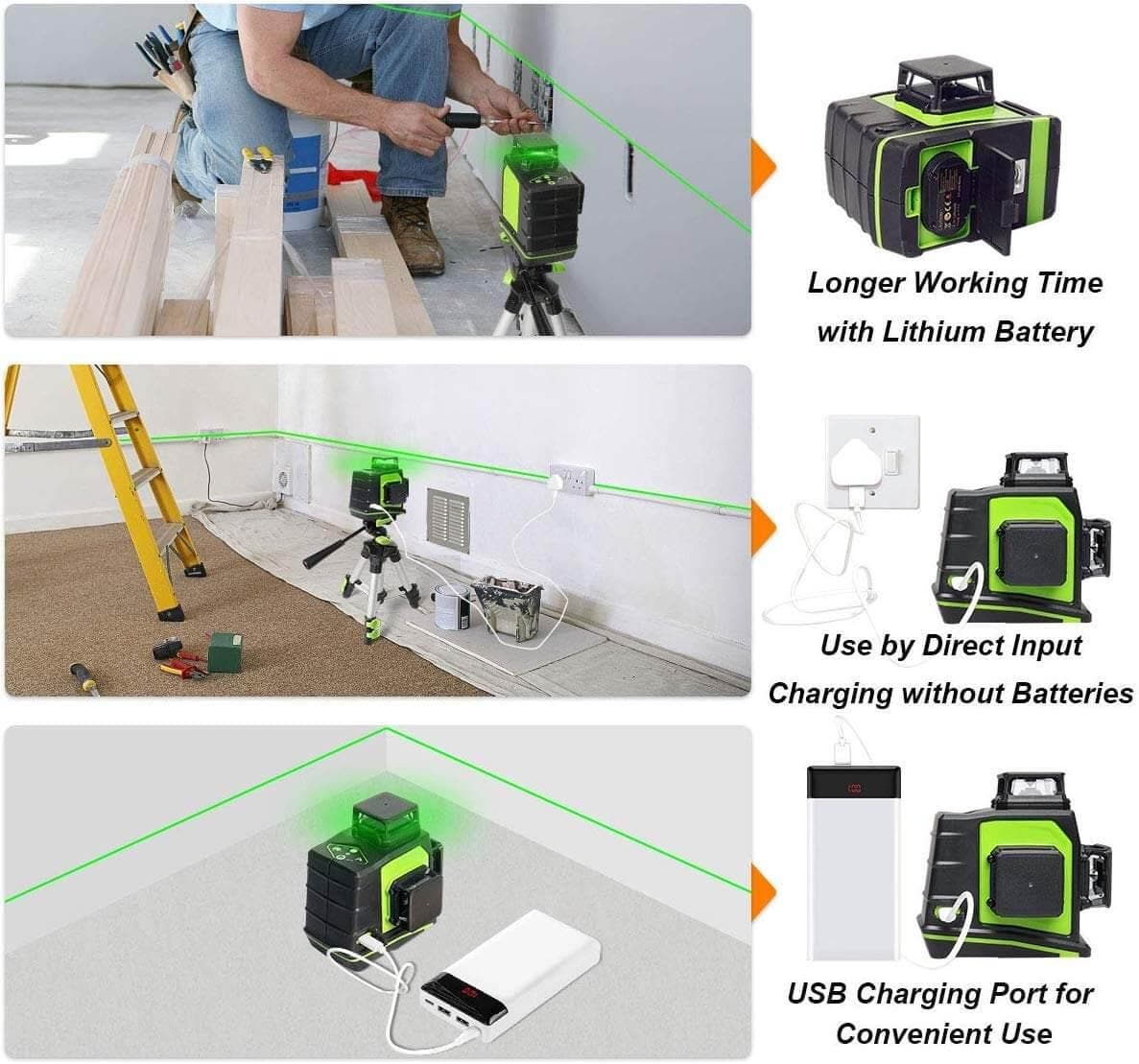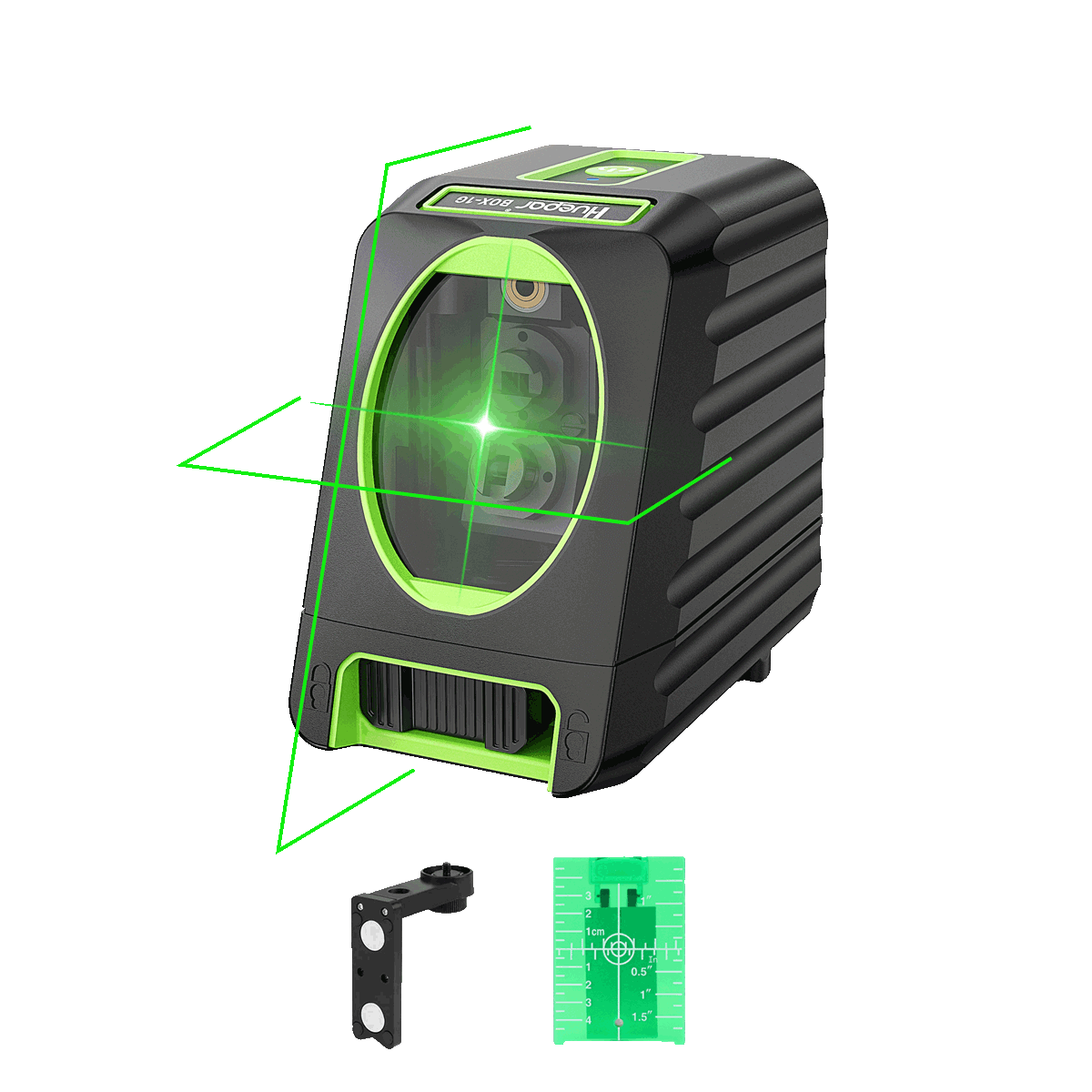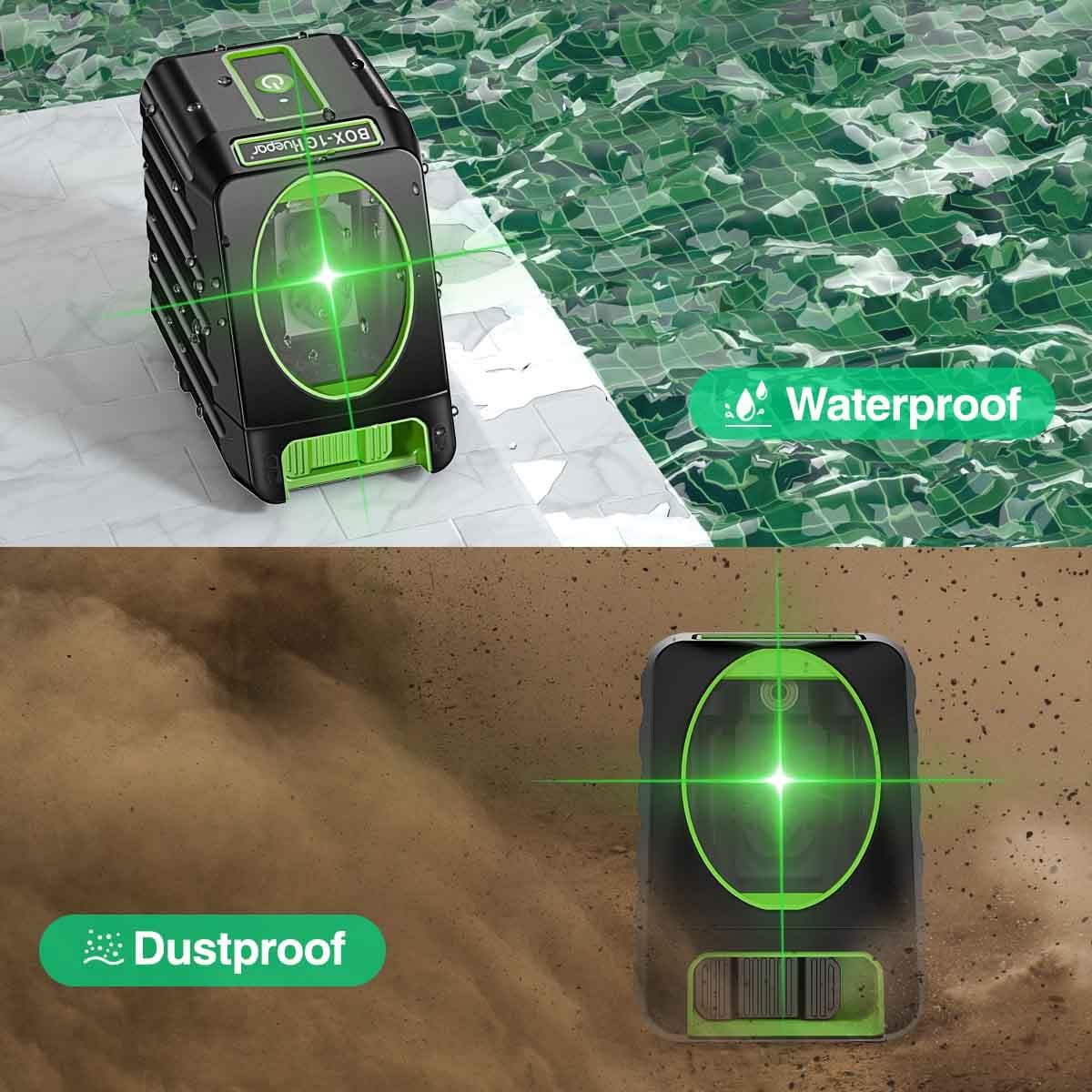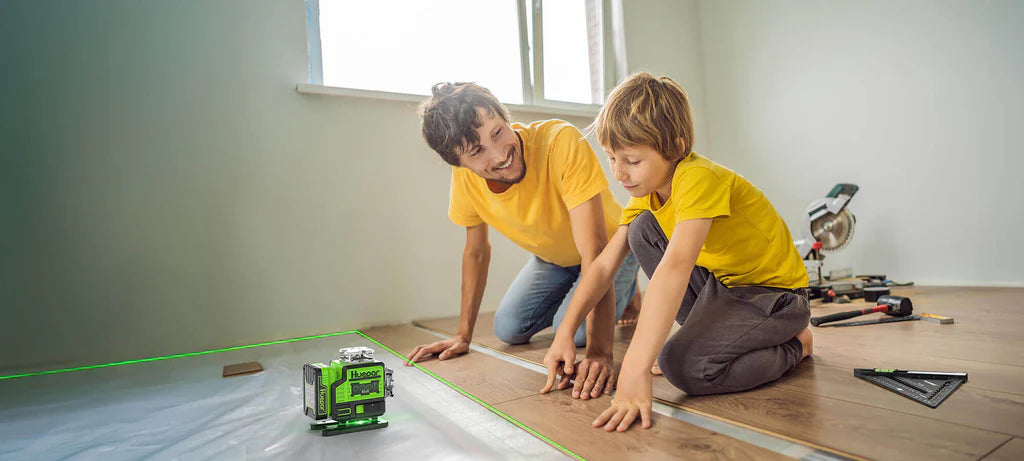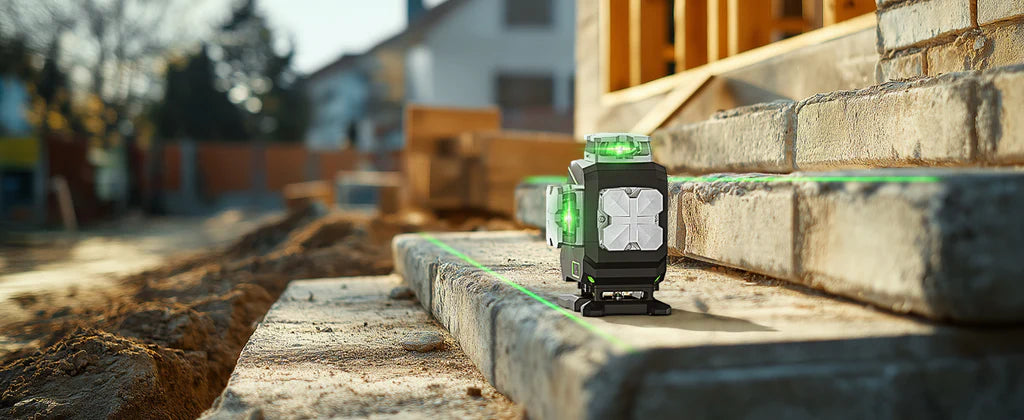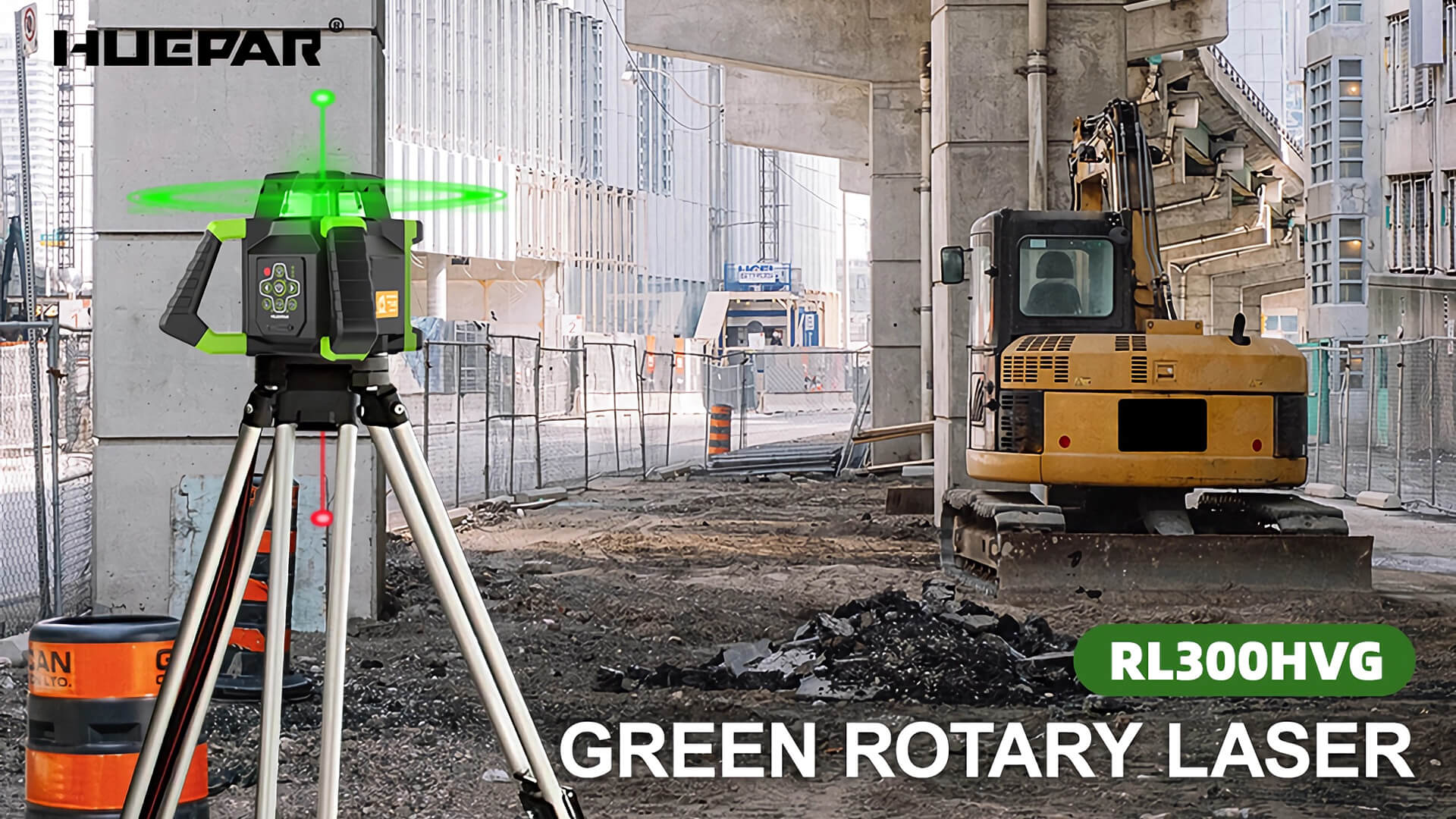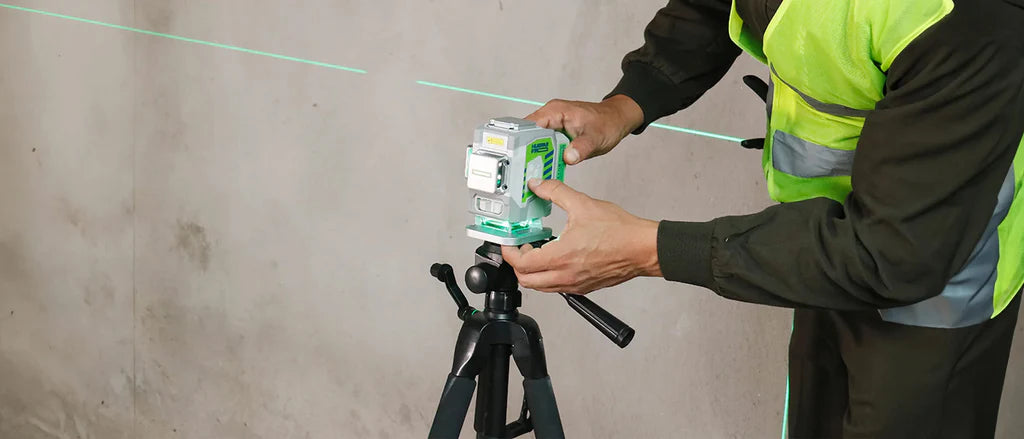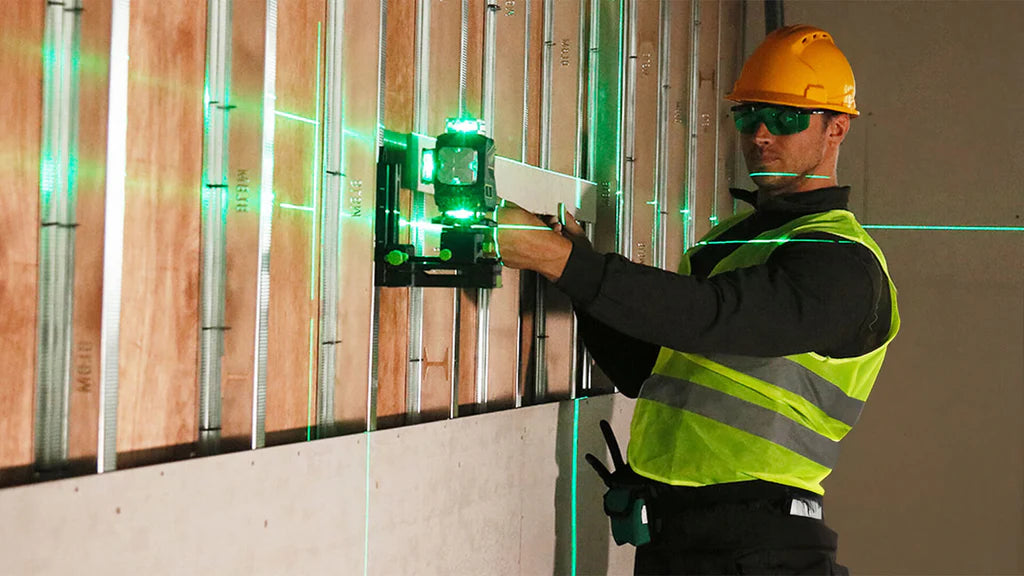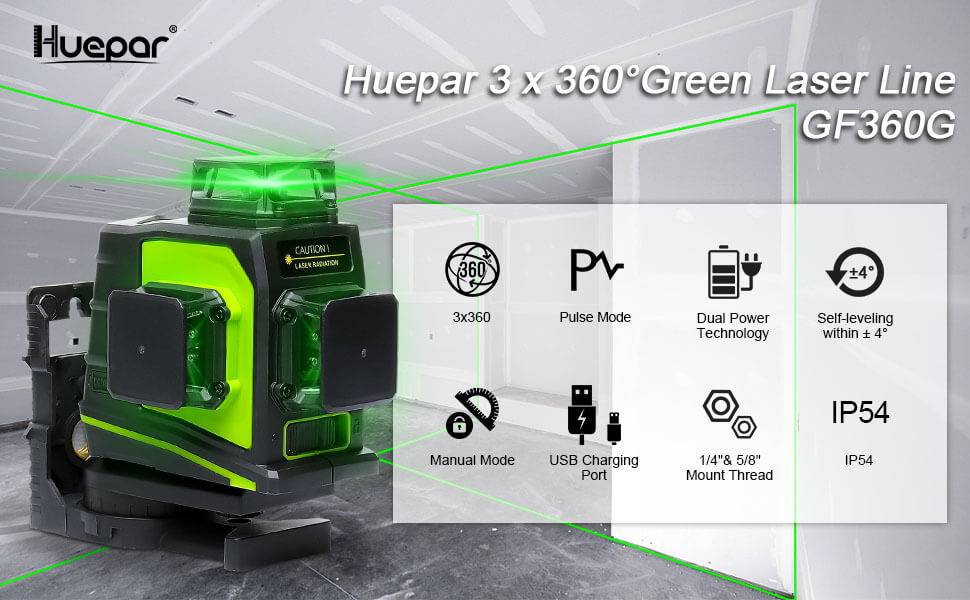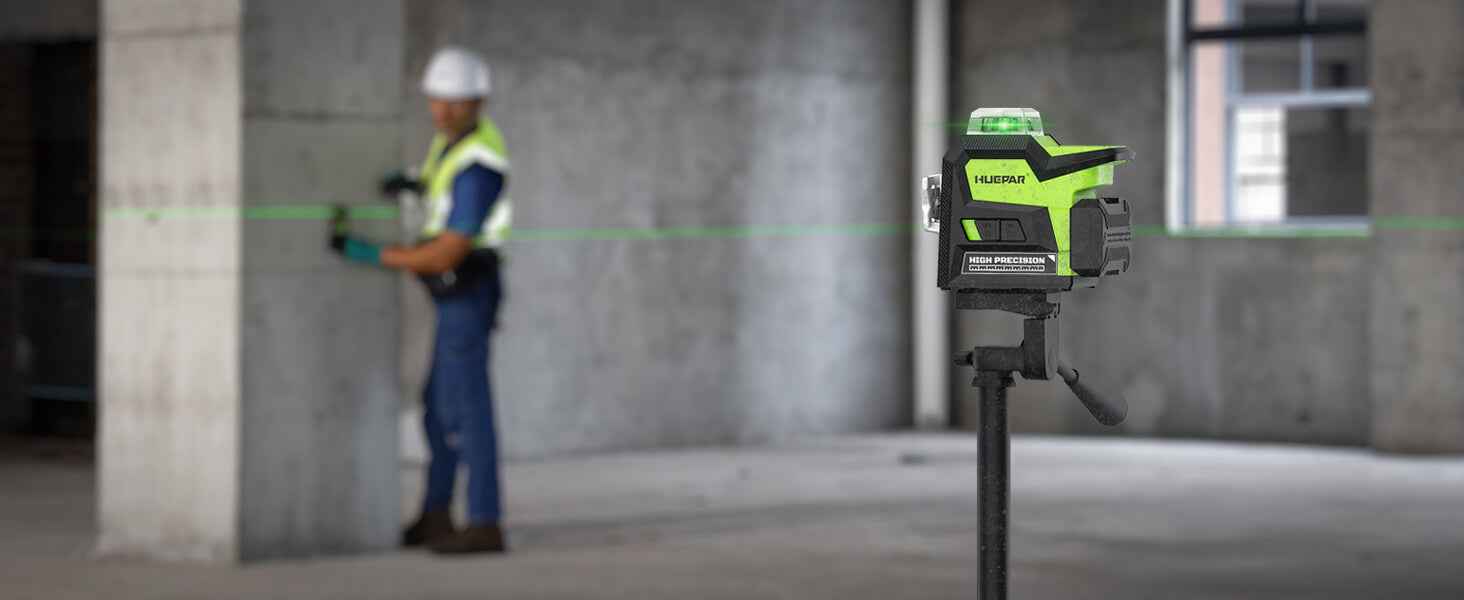
Red and Green Lasers - What's the Difference and Which is Best?
What are Red Lasers?
Red lasers offer a practical yet budget-friendly option for a laser level. Red lasers, even though not brighter, are more than enough for interior use. Due to their low levels of brightness, red lasers won't be helpful outdoors or in highly illuminated situations.

One of the most significant advantages of red lasers is their extended battery life. Due to their low power needs, red laser levels can function for hours using a set of batteries or a charge. This is a wonderful convenience in applications in which multiple swaps of batteries would be inconvenient.
While not brighter, red lasers are just as visible when used in conjunction with a detection system of a laser detector. The detectors can be used to detect the beam over a great distance, doubling red laser's range of detectability. The use of red lasers in conjunction with a detection system is a practical option for use in interior applications or exterior applications.
The other advantage of red lasers is that it is compatible with most detection systems on the marketplace. This is convenient in that it is easy to transfer red laser levels to one's existing set of tools without having to purchase something new.
All in all, red lasers offer a budget-friendly option that is also energy-conserving in nature for a laser level. While not brighter, their low power use, functionality, and affordability offer a great option in many applications, such as interior applications or when used in conjunction with a detection system.
What are Green Lasers?
Green lasers are a more advanced and more powerful option in laser level technologies. Green lasers emit a brighter green beam that is more detectable to human vision compared to red lasers, especially in highly illuminated exterior situations or over great distances.

The increased green visibility is a function of their more sophisticated components and technologies that make up their construction. The lasers emit a different wavelength that is more visible to human sight, making the green beam up to 50 times more visible compared to red lasers.
The brighter beam is a sure plus when working outdoors or in highly lit areas, but it is a pricey one. Green lasers require more power to operate, reducing their battery life over red laser models. The more sophisticated components and technologies used also place green lasers higher in price than red lasers.
The higher price point and shorter battery life aside, green lasers deliver unmatched functionality and visibility in low lighting, making it a professional's favorite among those working outdoors or in large, highly lit areas.
Red vs Green Lasers - Key Differences
Brightness and Visibility Range
One of the most striking differences between red and green lasers is their brightness and range of viewability. Green lasers shine brighter compared to red lasers, generally between 10-50 times more visible to human vision. The brighter beam equates to better viewing in highly illuminated outdoors or over distances. Red lasers, although usable, fail to hold up in sunny areas or when casting over great distances.
Power Consumption and Battery Life
The increased brightness of green lasers is a trade-off in terms of higher power requirements. Green laser diodes require more power to operate, shortening their battery life compared to red lasers. Red lasers conserve more power sparingly, offering more working time per charge of their battery.
Cost
The advanced components and technologies utilized to allow green, high-quality laser diodes to be manufactured mean that green laser levels generally have a higher price point compared to red versions. Red lasers, while more expensive, deliver accurate and reliable results, making it a great option for budgeted consumers or applications that do not require high visibility requirements.
Choosing the Right Laser Level
The red or green laser level choice is based on a set of key points depending on your needs and requirements of a given project:
Indoor vs. Outdoor Use
For applications that consist of mainly interior work such as tile installation, installing drywall, or cabinet installation, a red laser level is a great budget-friendly option. Red lasers function in low-interior lighting applications and deliver sufficient brightness to get most interior work accomplished.
For applications that lead you outdoors or in high-light applications, however, a green laser level is better. Green lasers deliver a significant amount more brightness and high visibility even in direct sunlight or over large distances, making green lasers great for outdoor construction work, landscaping, or survey work.
Budget Considerations
Green laser levels are more expensive than red laser levels due to more advanced components that need to be utilized in order to produce a brighter, more visible beam of light. If you have a budget limitation or you do not require more range and visibility of a green laser, a red laser level can provide accurate, consistent results at a lower price.
Visibility and Range Needs
The most apparent strength of green lasers is their better visibility, especially in low lighting or over a wide range of distances. If you work in regular exposure to intense sunlight, over open terrain, or over a wide range of distances, a green laser level will enable you to easily see the laser line to accurately level and align.
Red lasers also have a shorter range and become difficult to see in bright lighting or over a wide range of distances. However, in small scale work in interior areas or when you work close to a laser source, a red laser is sufficient.
Project Requirements
Consider the specific needs of your regular work when you opt between a red or green laser level. If you work predominantly on residential or small business work that requires a short range and a combination of interior work and exterior work, a red laser level would be sufficient for you at a lower price point.
For large construction work, survey work, or exterior work that requires a wide range, high visibility, and high performance in low lighting, a green laser level will be bright enough to enable accurate and efficient leveling and aligning.
Top Huepar Laser Level Picks
When it comes to choosing the best laser level for your needs, Huepar offers a range of high-quality red and green laser models to consider. Here are some of their top picks:
Huepar Red Laser Levels
The Huepar BOX1R is a cost-effective and reliable red laser level, ideal for indoor applications like hanging pictures, installing cabinets, and leveling floors. It features a bright red beam that's visible up to 10m, a durable housing, and a long-lasting battery life of up to 15 hours.
For outdoor use, the Huepar 603CR is a great choice. This red laser level is designed for construction sites, with a robust metal body and a visibility range of up to 50 meters. It also comes with a pulse mode for use with a laser detector, extending its range even further.
Huepar Green Laser Levels
If you need a laser level with exceptional visibility, the Huepar 904DG is a top-of-the-line green laser model. Its ultra-bright green beam is visible up to 100 meters, making it perfect for outdoor construction, landscaping, and surveying projects. It also boasts a durable design and a long-lasting rechargeable battery.
For versatility, the Huepar 3D Green Laser Level is a standout choice. This multi-line laser level projects bright green horizontal and vertical lines, as well as plumb points, allowing for precise leveling, squaring, and alignment tasks. It's ideal for both indoor and outdoor applications in various trades.
No matter which Huepar laser level you choose, you can expect accurate, reliable performance and a range of features to suit your specific needs and job site requirements.


